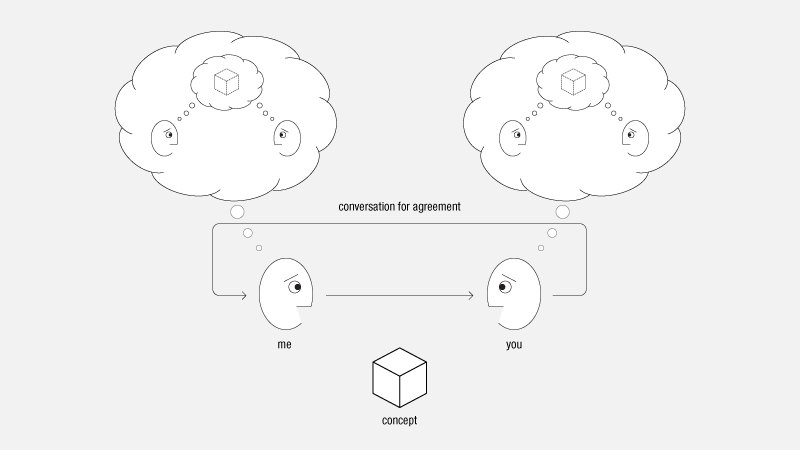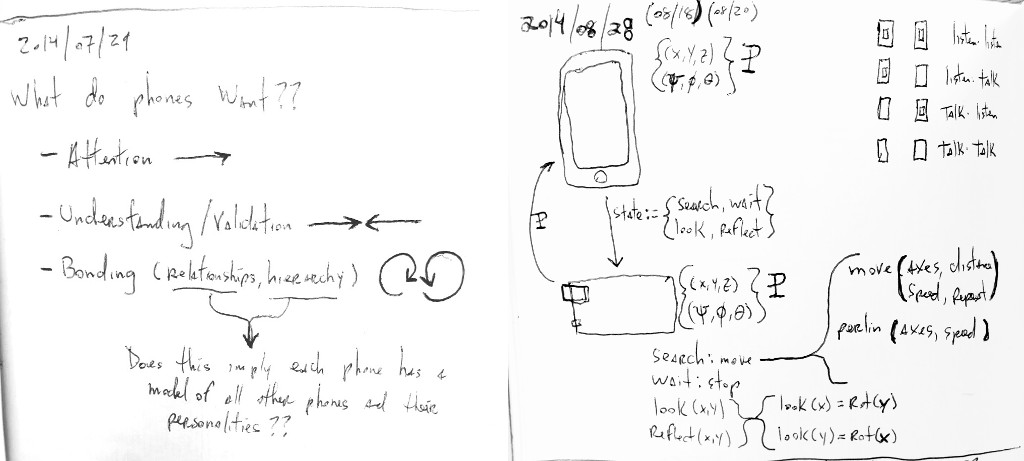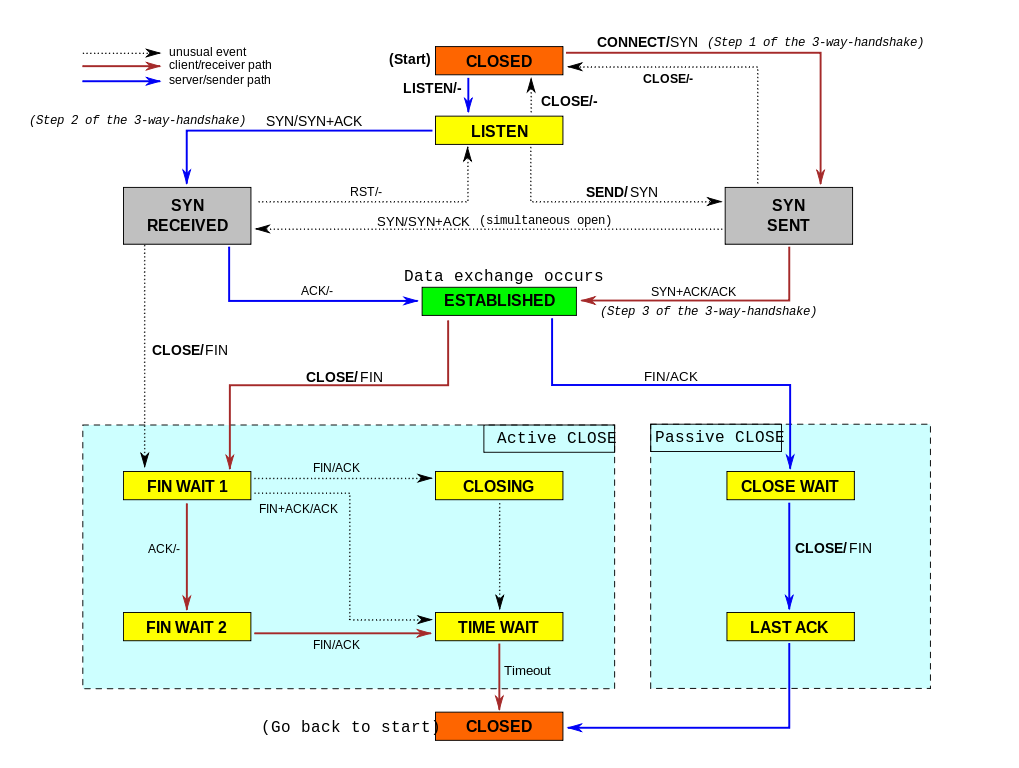 (image from Paul Pangaro and Hugh Dubberly’s What is conversation?)
(image from Paul Pangaro and Hugh Dubberly’s What is conversation?)
When thinking about communication of any sort, I always find myself coming back to this pair of articles by Hugh Dubberly and Paul Pangaro:
- What is Interaction?
- What is Conversation?
As formal and detailed as they may seem, they do provide some great insight and an organizational framework for exploring these topics from a systems theory and design perspective. The systems-based classification of interactions on the first article is ingenious, and pretty useful when trying to structure any kind of interactive, reactive or robotic project.
So it’s not surprising that we found ourselves using similar terminology and diagrams when we started thinking about how our cell phones would communicate and interact with each other.

When a phone only wants attention, and it doesn’t care what kind or who it’s from, its behavior could be modeled as a sort of cognitive Reactive System. When the phone actually expects another phone to understand and validate what it’s trying to communicate, its behavior can be seen as a kind of Regulating System. Once two phones start altering each other’s behavior based on what they’re transmitting, this might approach what Dubberly and Pangaro (and Pask) call a Conversing System.
We also found ourselves thinking about the conversational potential of common digital communication protocols, like TCP, with its Listen-Connect-Transfer-Check-Acknowledge state transitions.
 (image from wikipedia used under a CC-BY-SA license)
(image from wikipedia used under a CC-BY-SA license)
These are nice abstractions for potential implementations and system organization, but they raise some practical and rhetorical questions regarding the conversational abilities of such a system:
How can the phones show agreement and understanding?
Can they coordinate actions and goals?
More broadly, what do they want from each other?
According to Pangaro’s interpretation of Gordon Pask’s Conversation Theory, conversation is not just about the rote transfer of information, it plays a more fundamental role in how we understand ourselves and our environment:
Without conversation, there is no thing.
We construct ourselves by and through conversation.
If conversation and identity arise together,
then without conversation there is no self-and-other.